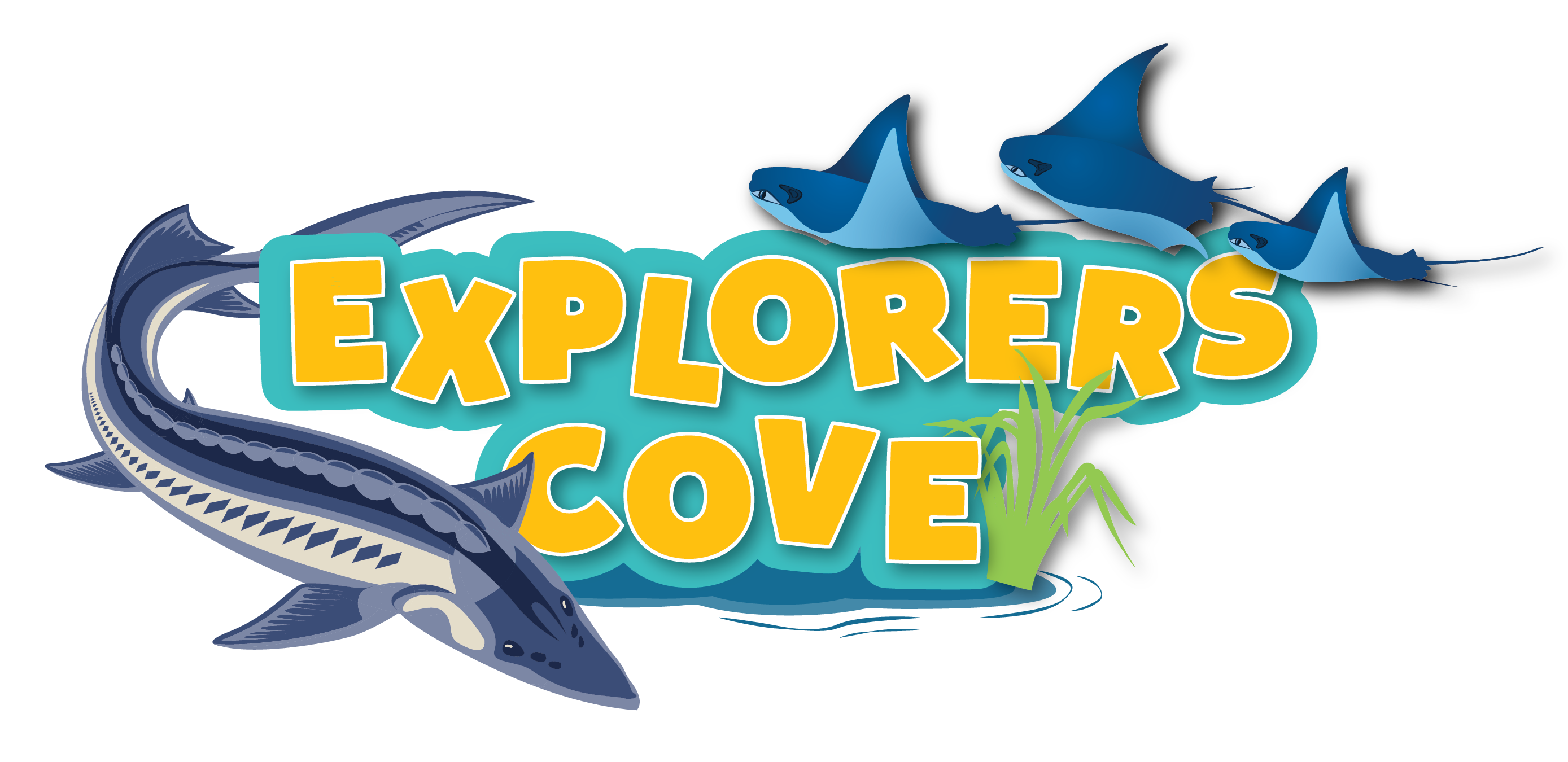When Georgia Aquarium opened its doors in 2005, it introduced the United States to an awe-inspiring marvel of the natural world: the whale shark. At the time, this gentle giant — the largest fish in the sea — was one of the least understood species in marine biology. Fast-forward 20 years, and whale sharks are now beloved ocean ambassadors, captivating millions of guests and inspiring a generation of conservationists, researchers and advocates.
As we approach a milestone anniversary, we’re not just reflecting on two decades of pioneering research and extraordinary scientific partnerships but also celebrating our unwavering dedication to protecting an endangered species that still holds many mysteries.
A First in the World—and Still the Only One in the U.S.
Georgia Aquarium made history as the first aquarium outside of Asia to care for whale sharks and remains the only place in the United States where people can see these incredible fish up close. From that moment, public awareness and fascination with whale sharks skyrocketed, helping to shift the species from obscure to iconic.
But Georgia Aquarium’s role extends far beyond public engagement. It is a leader in conservation science that has helped shape what the world knows about whale sharks today.
From Curiosity to Conservation Science
In the early 2000s, whale sharks were largely a mystery. Although they were known to be the world’s largest fish, very little was understood about their biology, behavior, or even how many existed in the ocean. Since then, Georgia Aquarium has led and contributed to some of the world’s most important whale shark research.
Among the most significant achievements was the creation of the first-ever complete shark genome, accomplished through a groundbreaking collaboration with Georgia Institute of Technology and Emory University. This achievement was built on earlier work by Georgia Aquarium’s veterinary and animal health teams, who developed safe and sophisticated techniques for collecting and analyzing blood and tissue samples from whale sharks in their care—methods that are now also used to assess the health of wild populations.
These health assessments provide a critical window into whale shark biology, revealing insights into nutrition, pollutant exposure, immune function and overall well-being. Today, this knowledge informs care standards for whale sharks and strengthens conservation strategies for wild populations.
Tracking Giants Across the Globe
Understanding where whale sharks go and why has been a focus of Georgia Aquarium’s conservation efforts. Working with international partners, the Aquarium has deployed satellite tags to track whale shark movements in far-reaching locations including St. Helena, Mexico, the Galápagos, Indonesia, Australia, Taiwan and Oman. These efforts have provided a clearer picture of the species’ migratory patterns and ecological needs, revealing how these sharks travel vast distances and depend on multiple international waters to survive.
One of the most pressing conservation concerns uncovered through this research is the risk of ship strikes. In 2024, Georgia Aquarium co-authored a pivotal study that mapped whale shark aggregation sites against global shipping lanes, identifying high-risk areas where deadly collisions are most likely. This work offers critical data to policymakers and marine traffic planners working to reduce threats to whale sharks in vulnerable regions.
Discoveries Still to Come
Over the past two decades, researchers have identified up to 30 major aggregation sites (places where whale sharks gather seasonally to feed). These discoveries have vastly improved our ability to study the species in the wild. Yet, challenges remain: most sharks observed at these sites are juvenile males. Adult females remain elusive, and no one knows exactly where they give birth.
Earlier this year, Georgia Aquarium researchers contributed to the discovery of a new aggregation site in the Coral Sea. This exciting development expands the map of where these animals travel and congregate. Every new discovery brings us one step closer to unlocking the full life history of the whale shark and, ultimately, how to protect it.
Inspiring the Next Generation
Beyond the research labs and fieldwork expeditions, Georgia Aquarium’s impact can be seen in the faces of the millions of guests who have stood in awe before a whale shark for the first time. Public curiosity has evolved into care—and care into action. Through hands-on learning, immersive exhibits, educational programming, and advocacy, the Aquarium is shaping tomorrow’s conservation leaders.
As we approach 20 years of leadership in whale shark conservation, Georgia Aquarium remains as committed as ever to exploring the unknown, advocating for solutions, and inspiring people everywhere to care for the ocean’s largest fish. There is still so much to learn—and so much to protect. Here’s to the next 20 years of discovery, innovation, and stewardship.


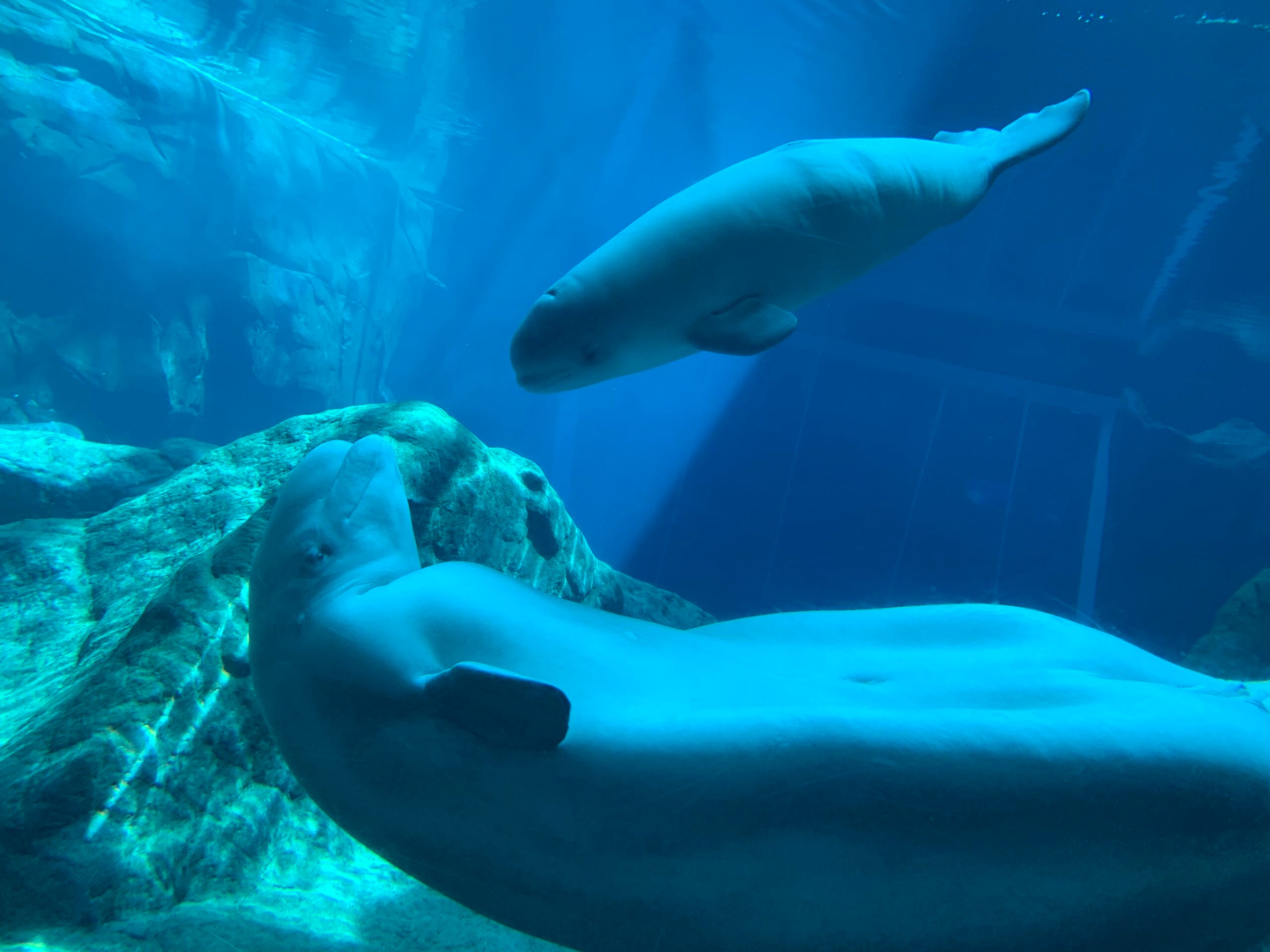
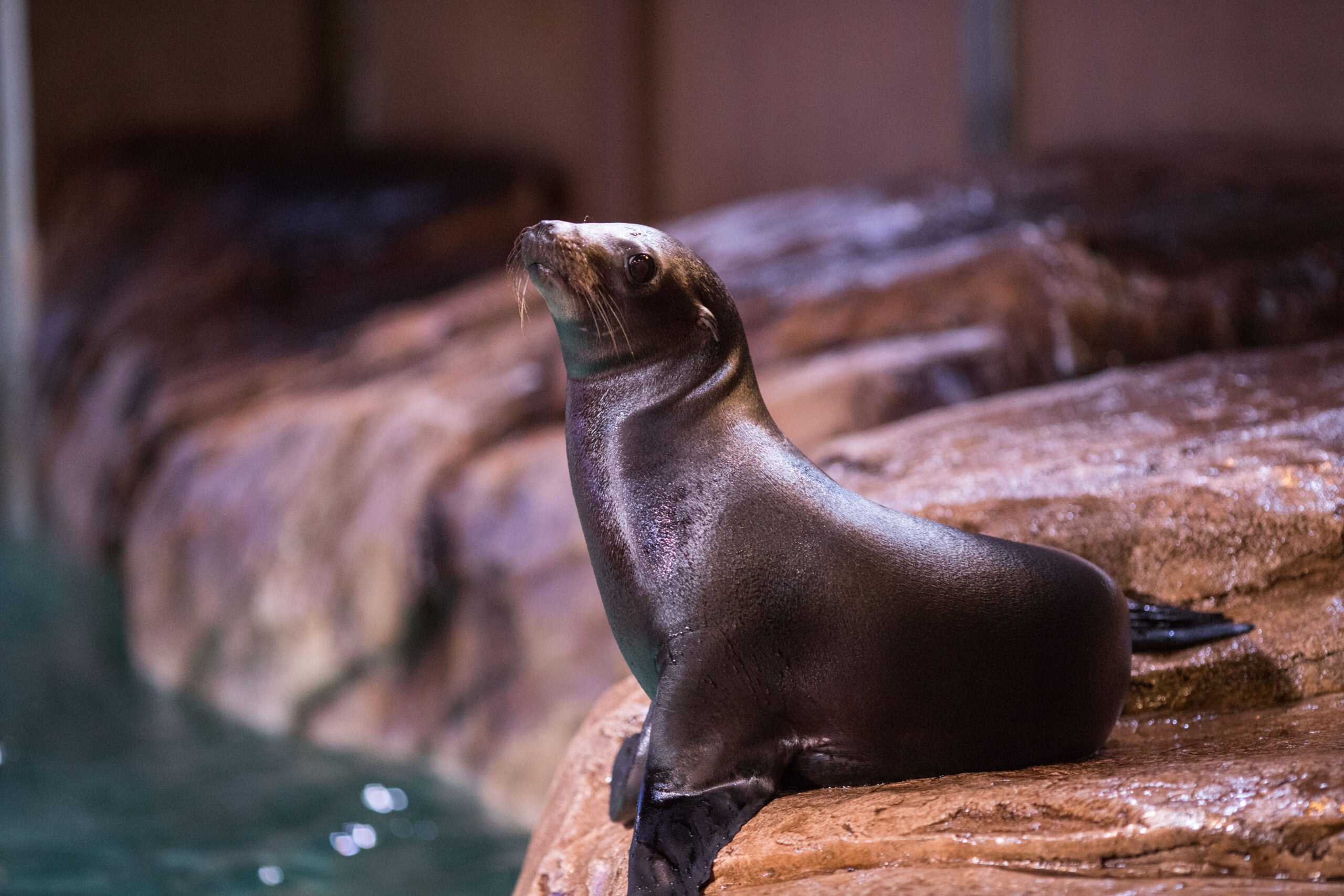
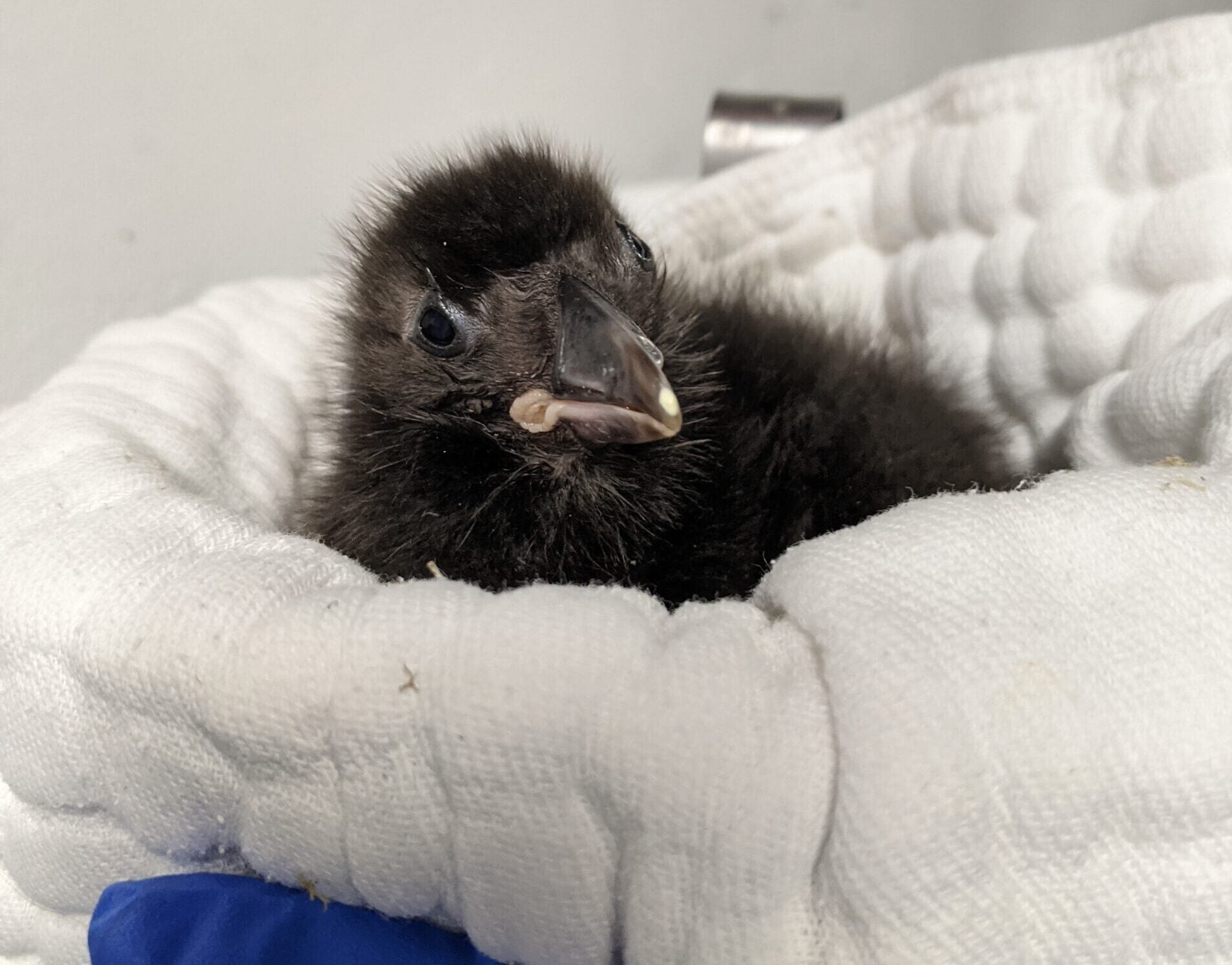

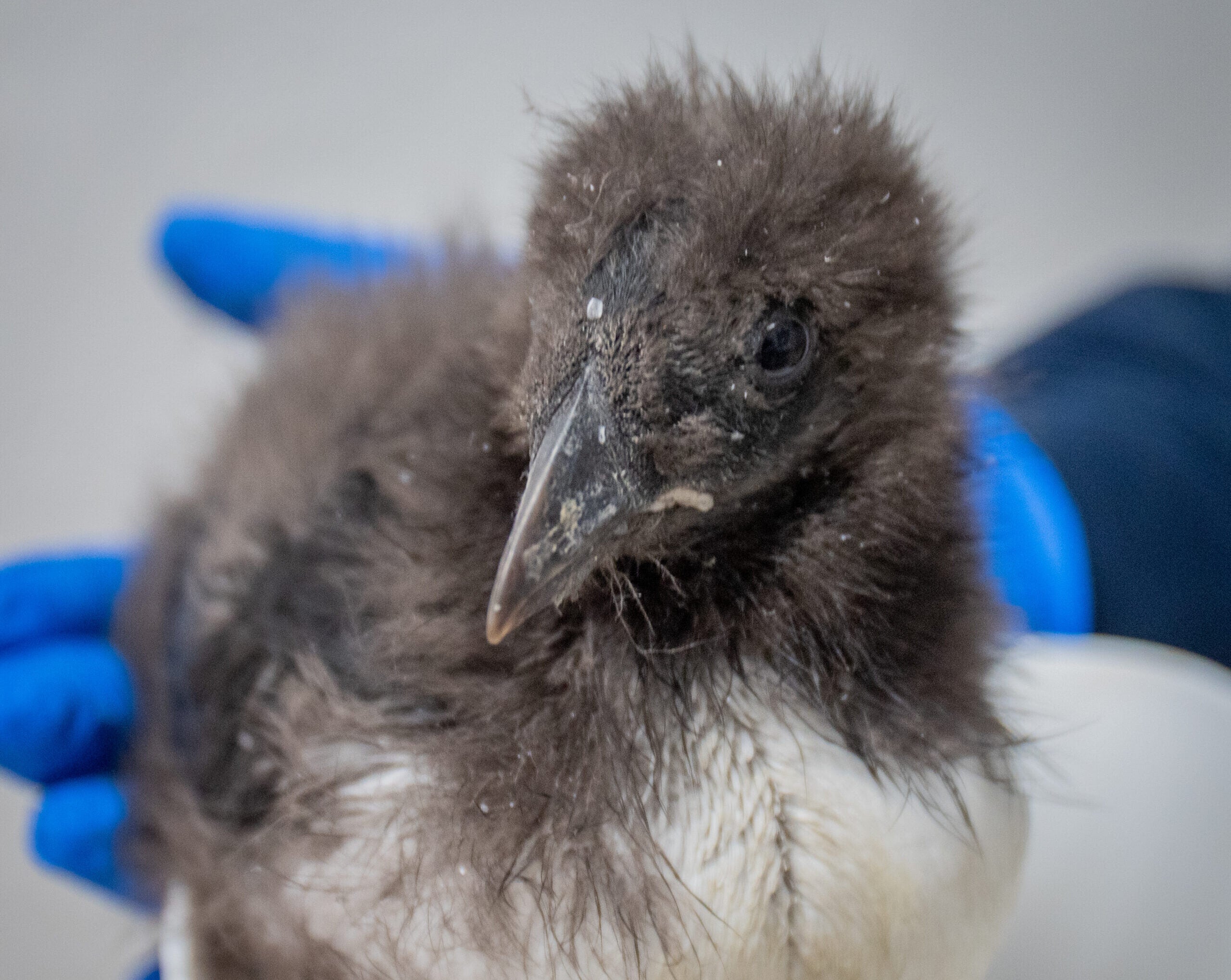
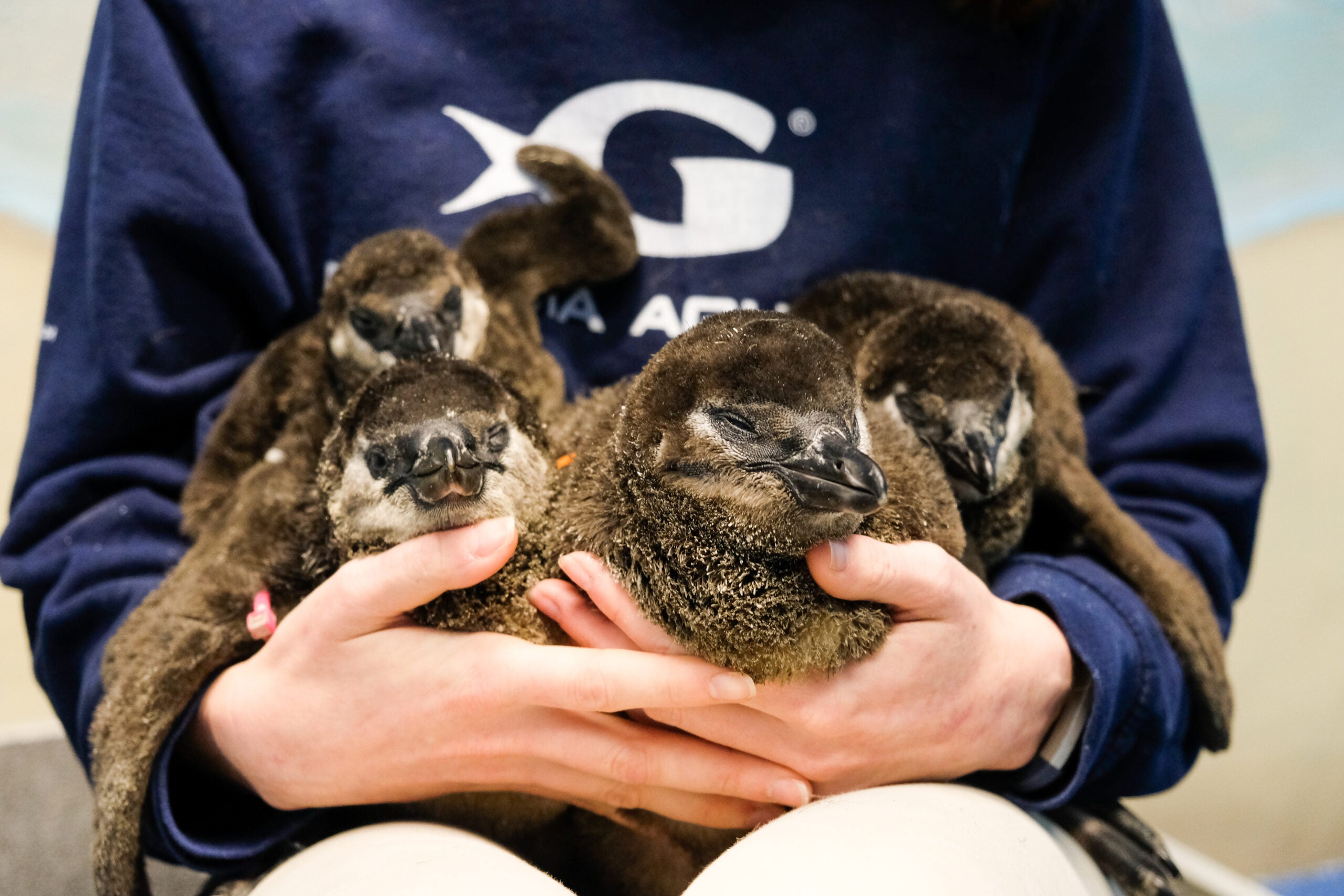

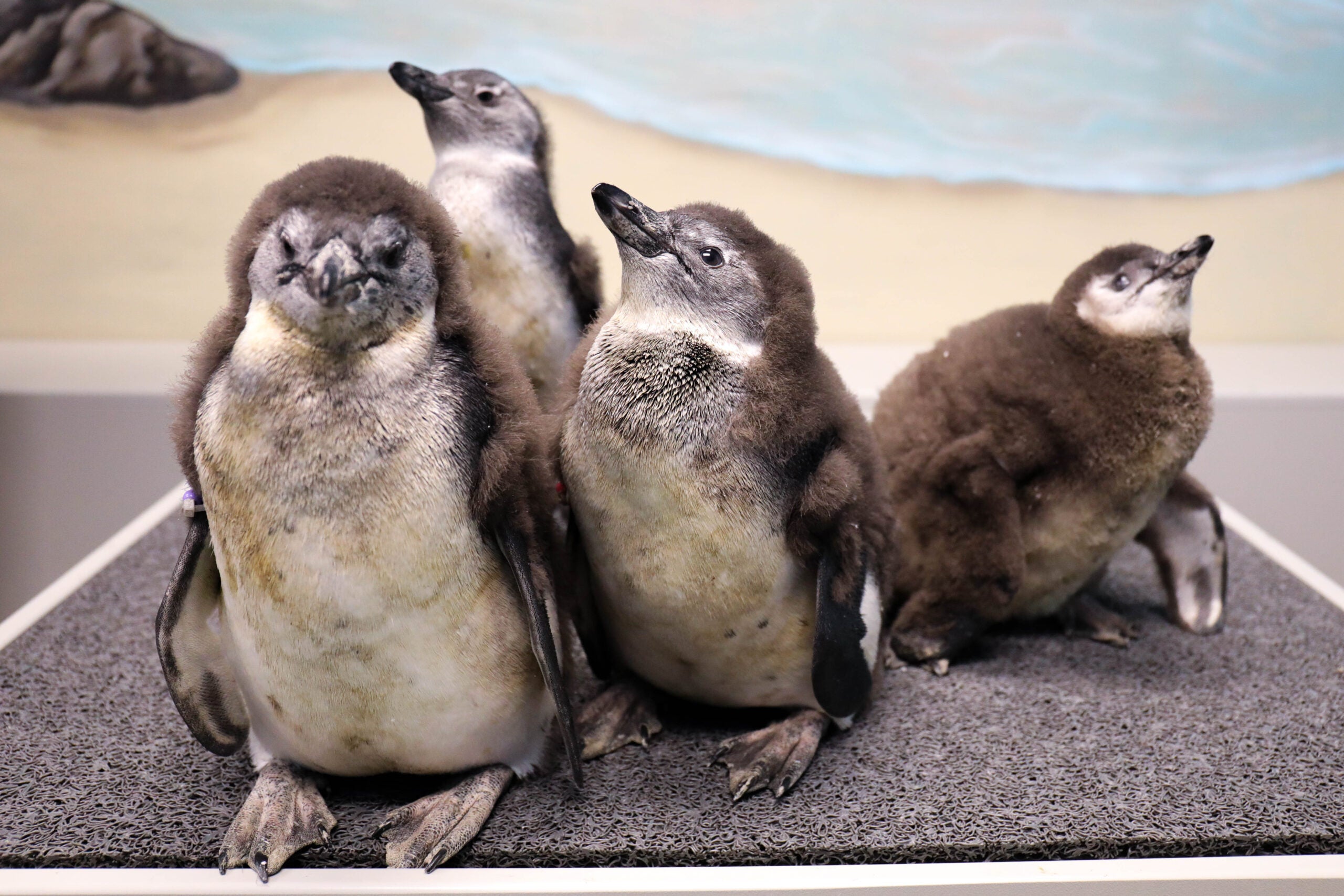
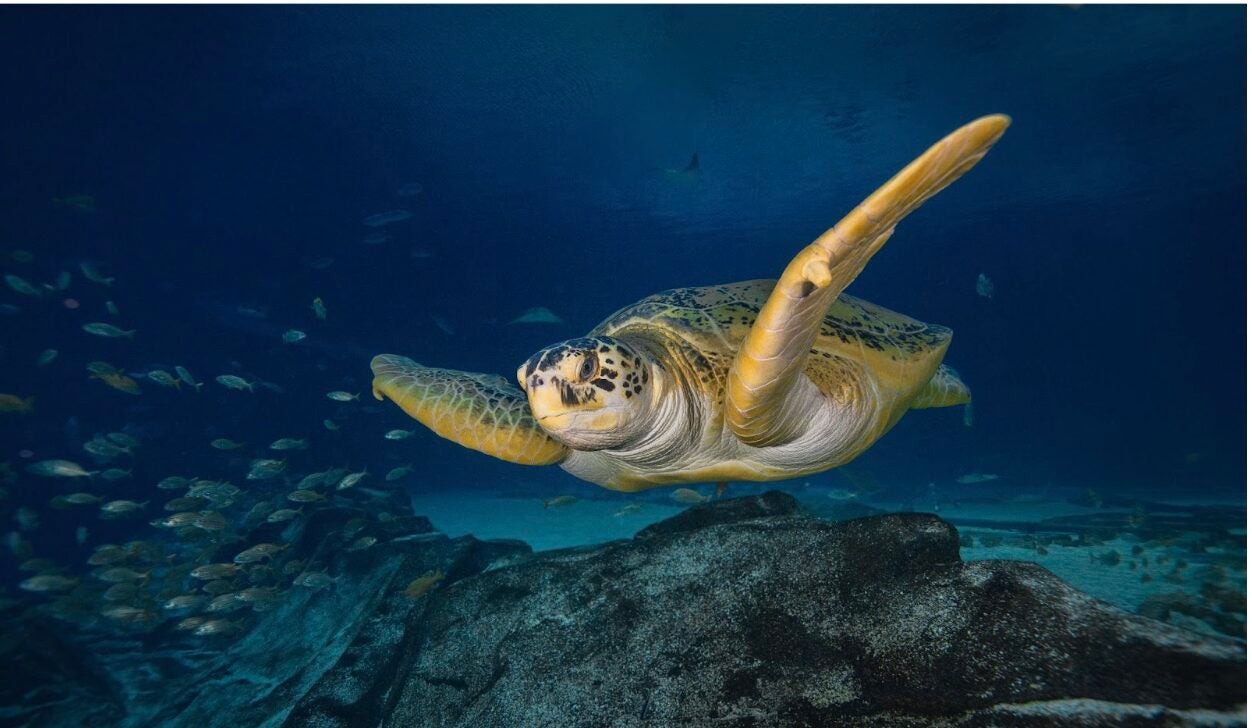
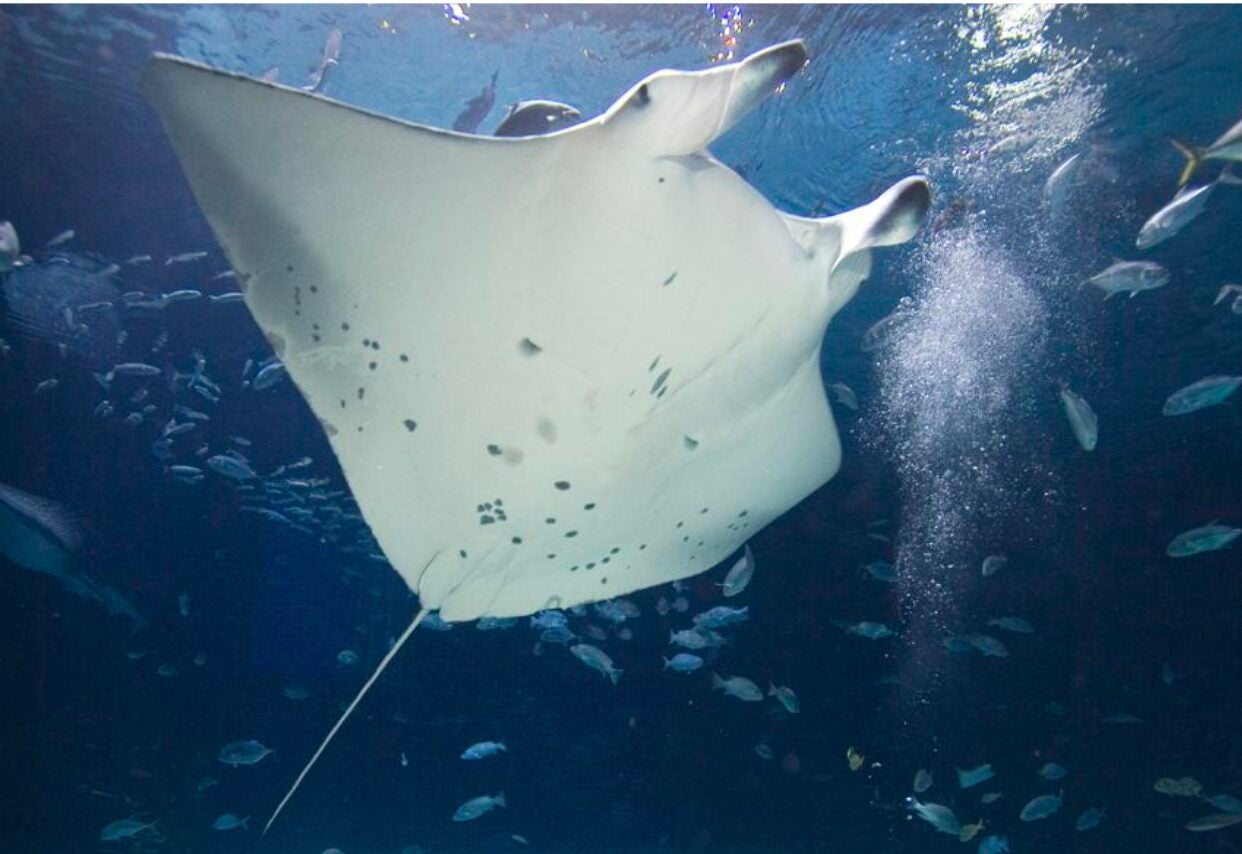 Nandi the Manta Ray
Nandi the Manta Ray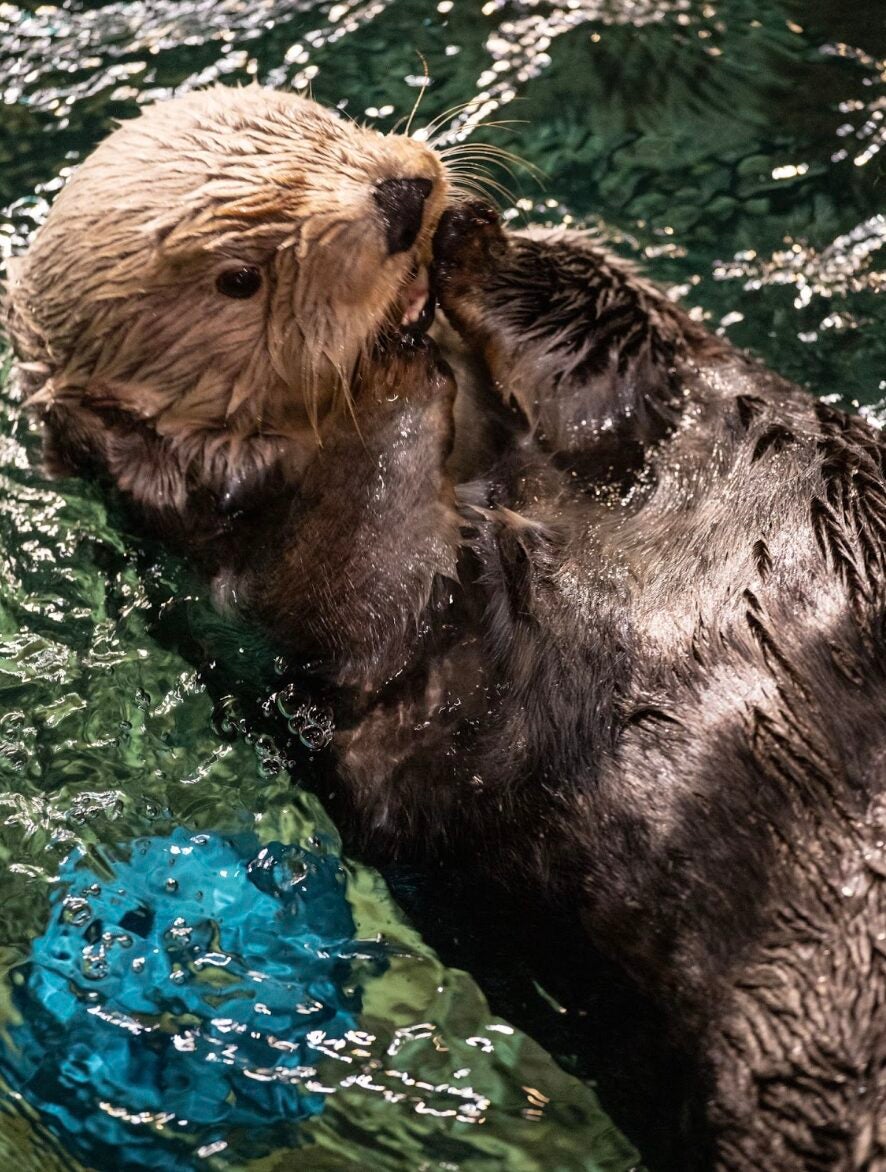
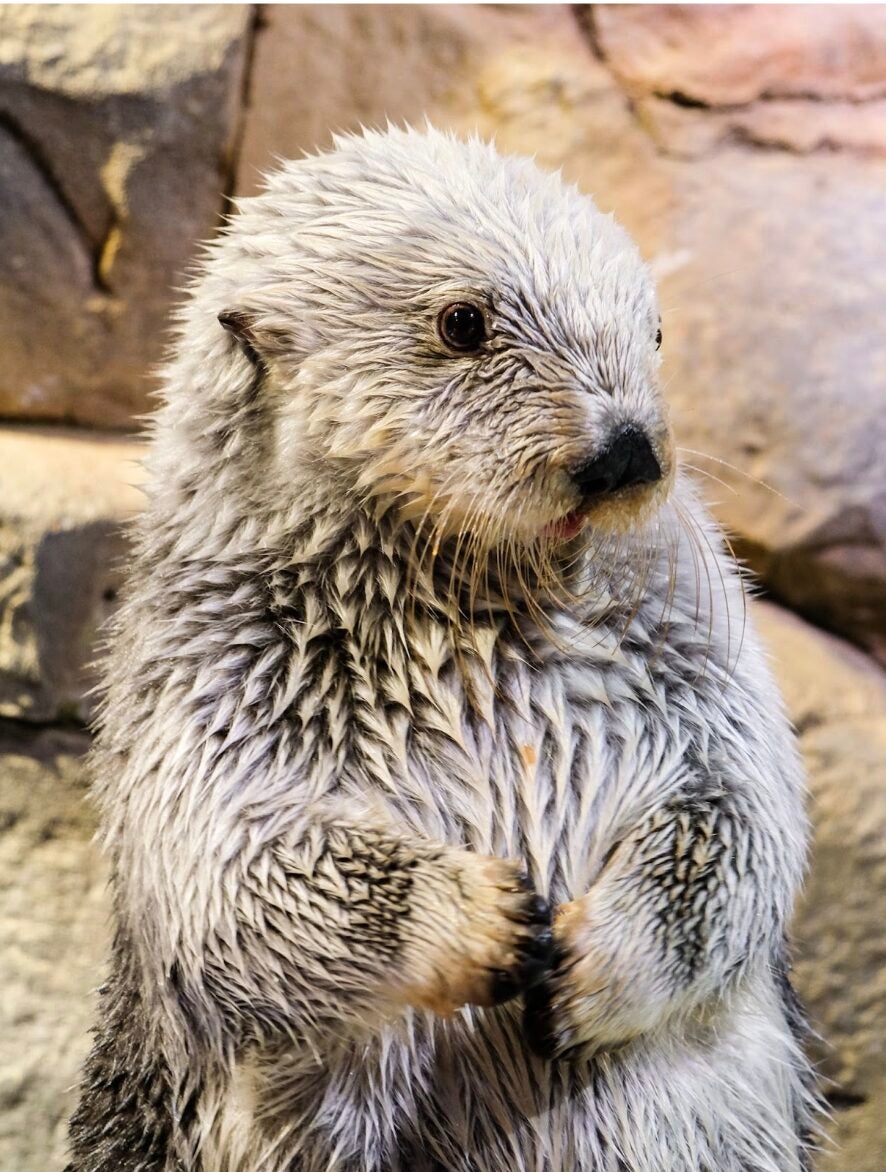
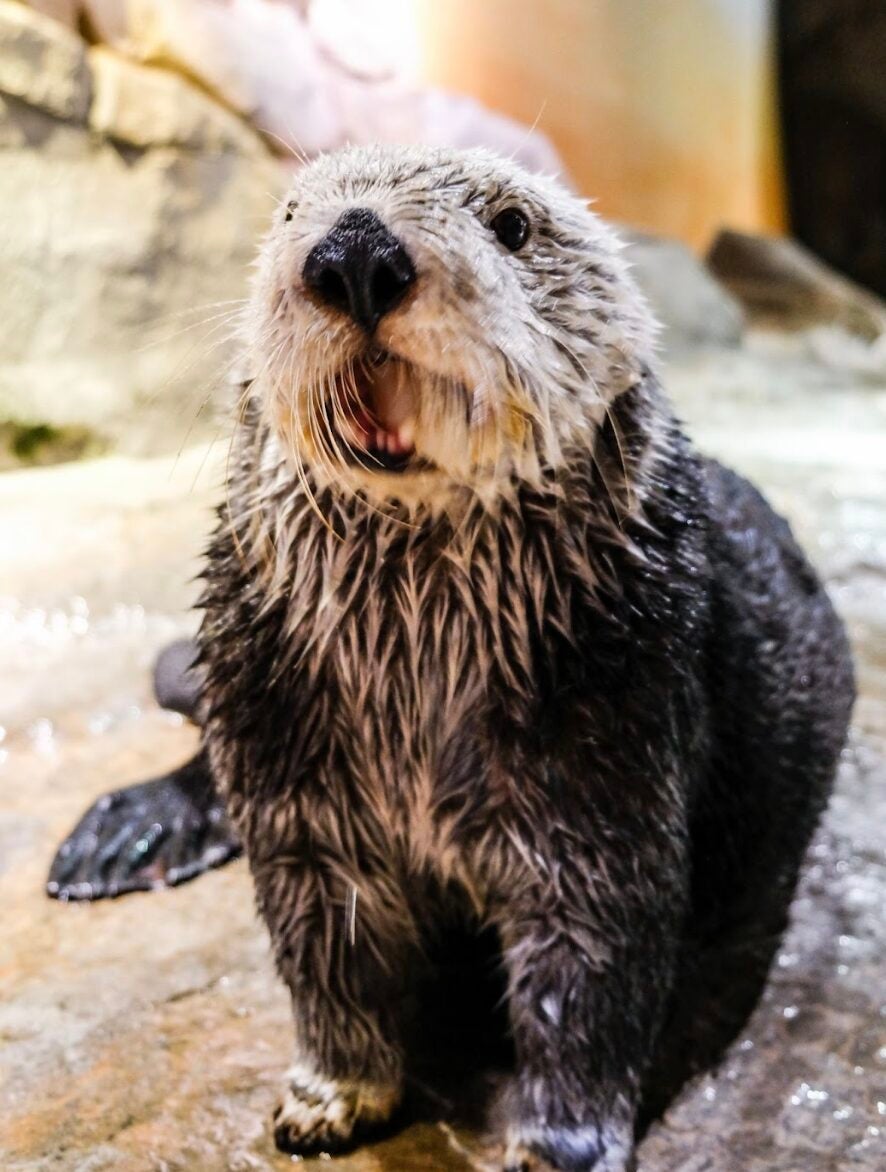
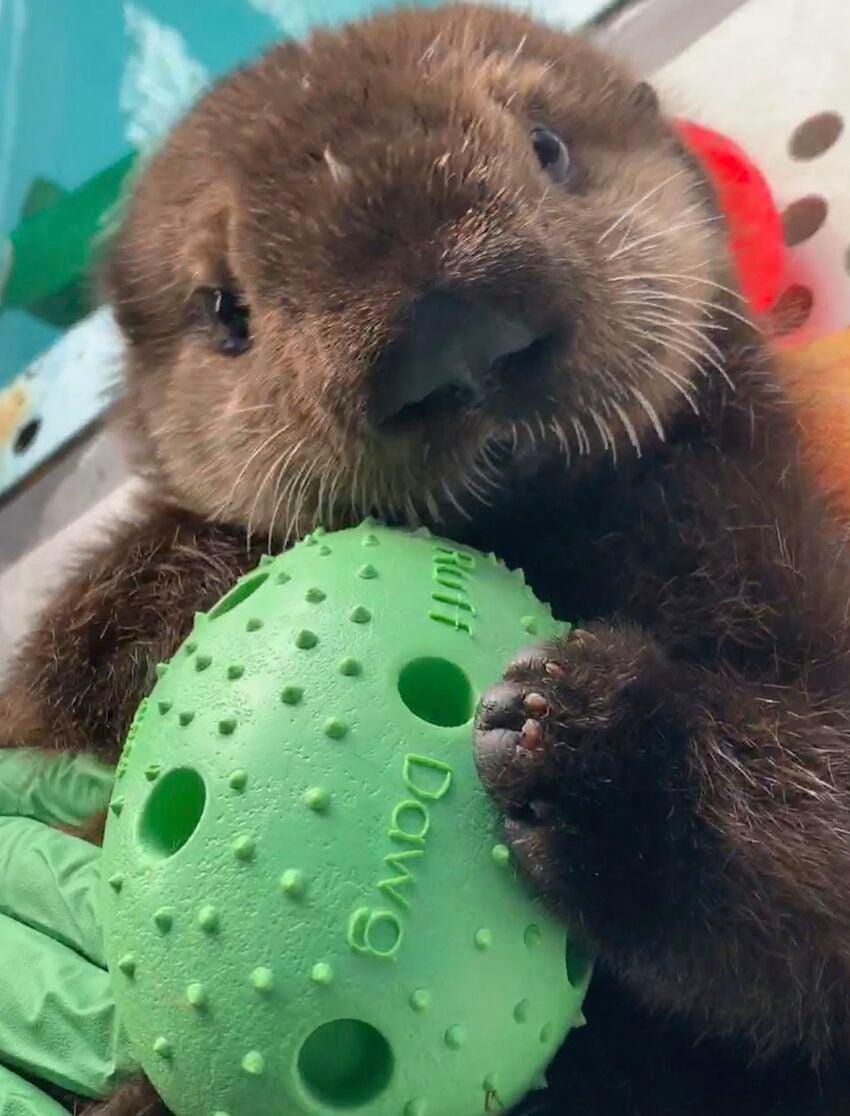
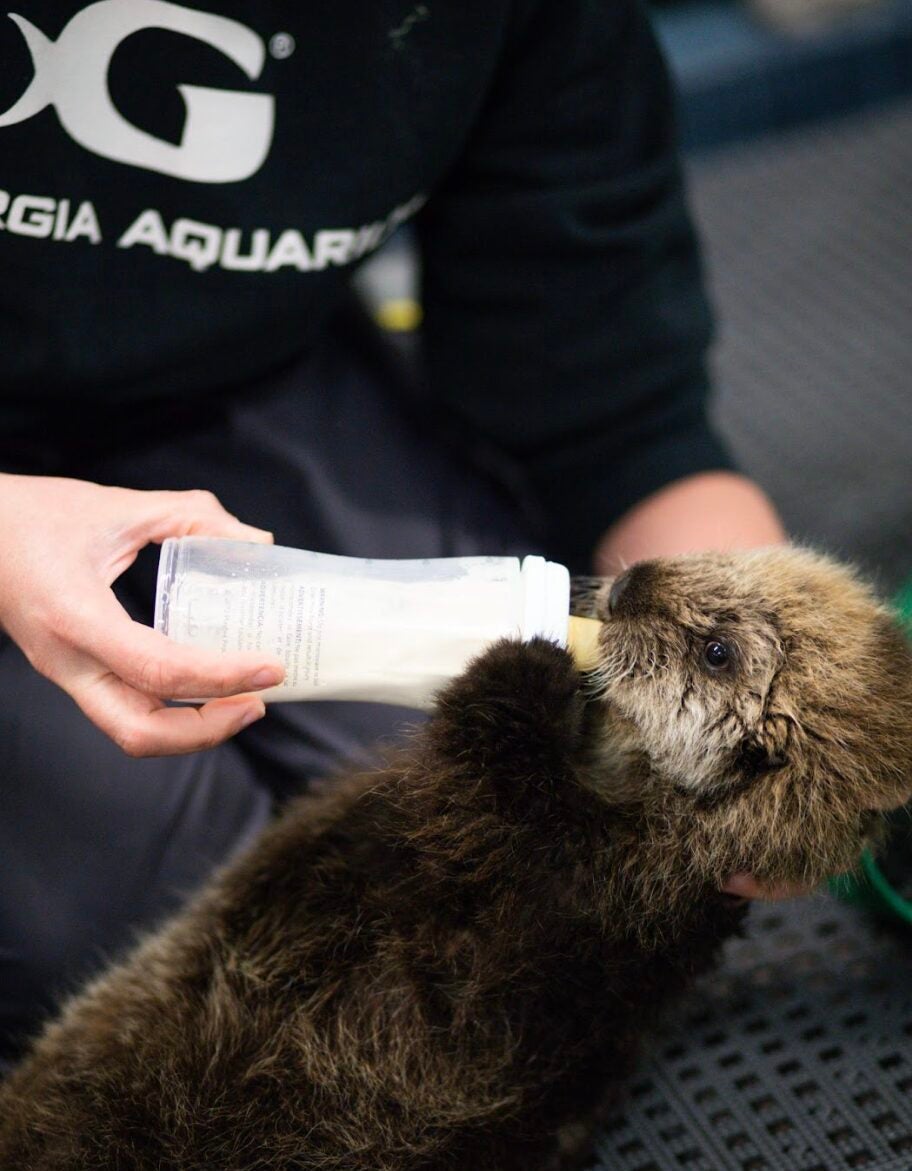
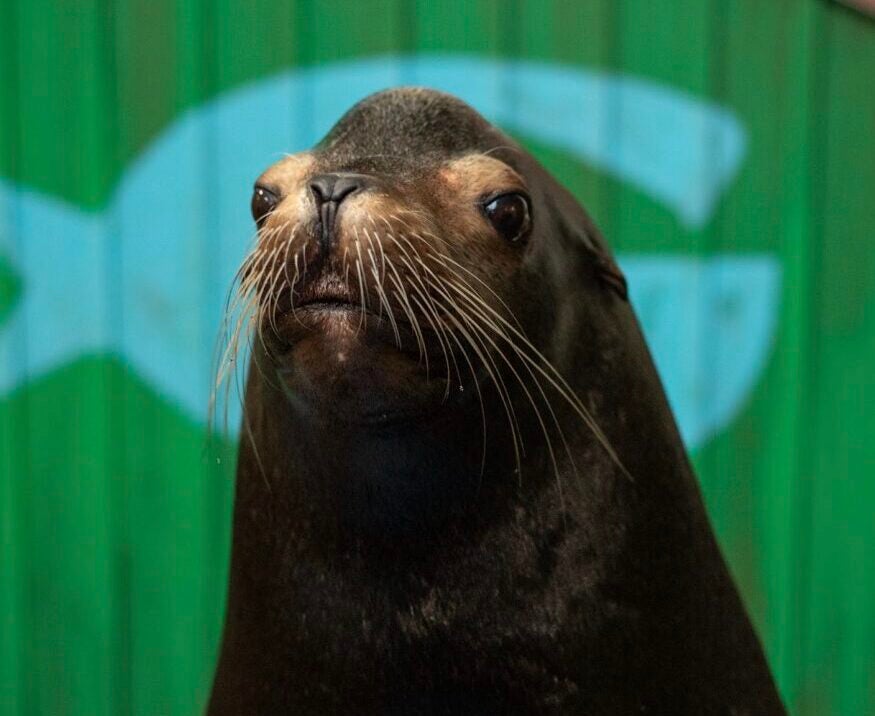
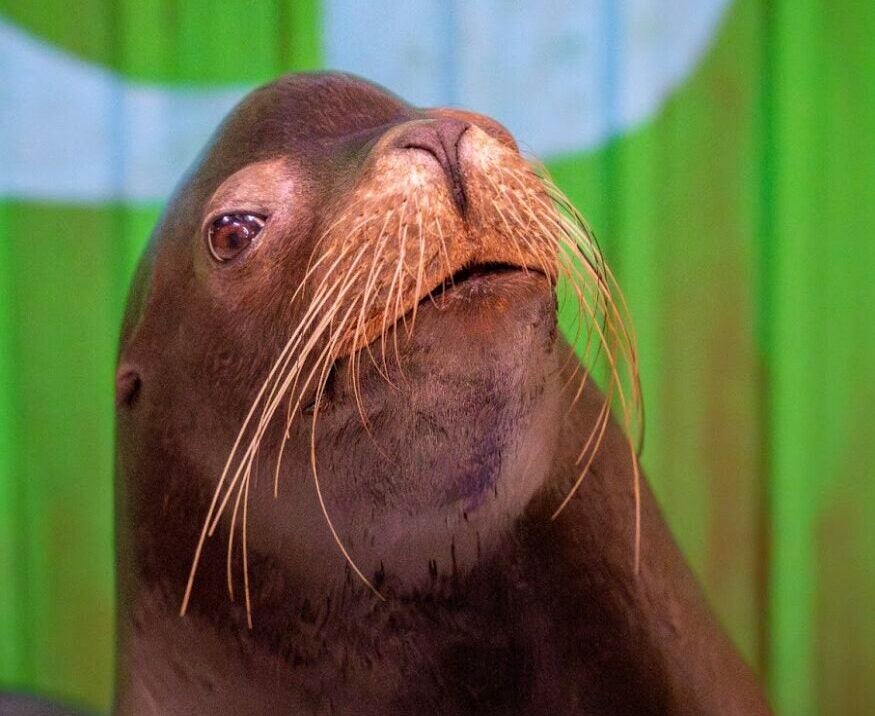
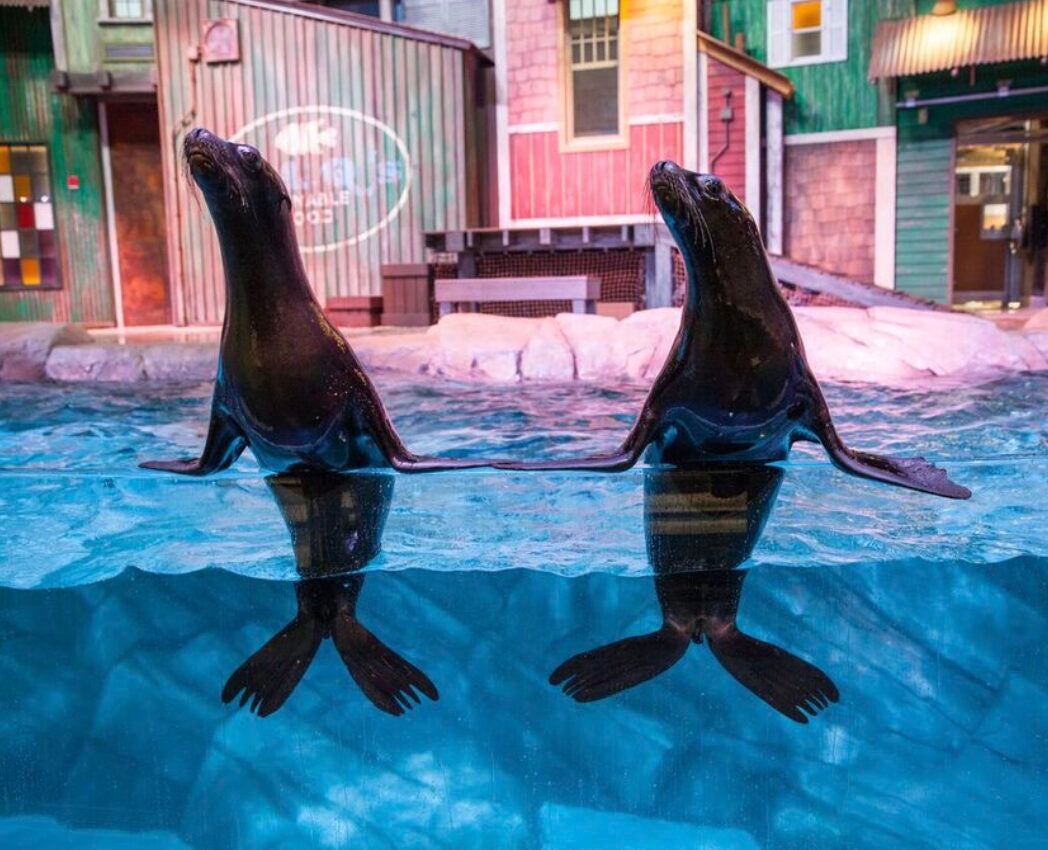
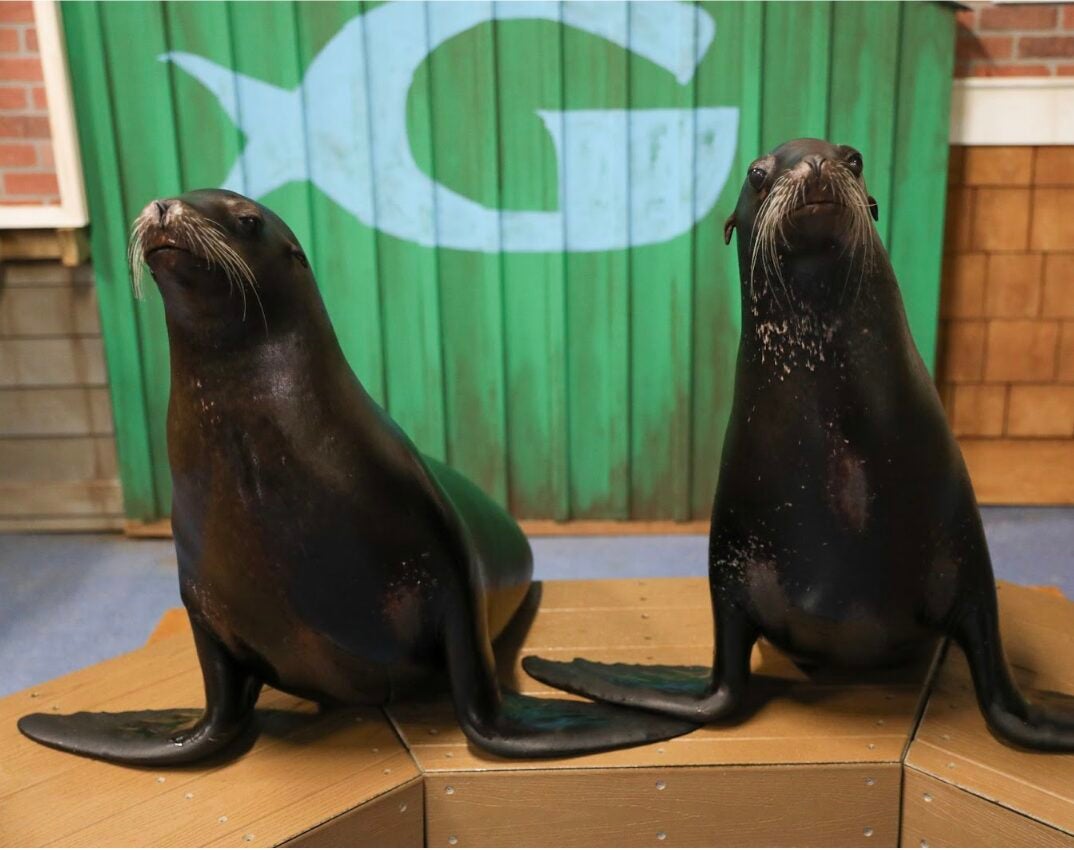
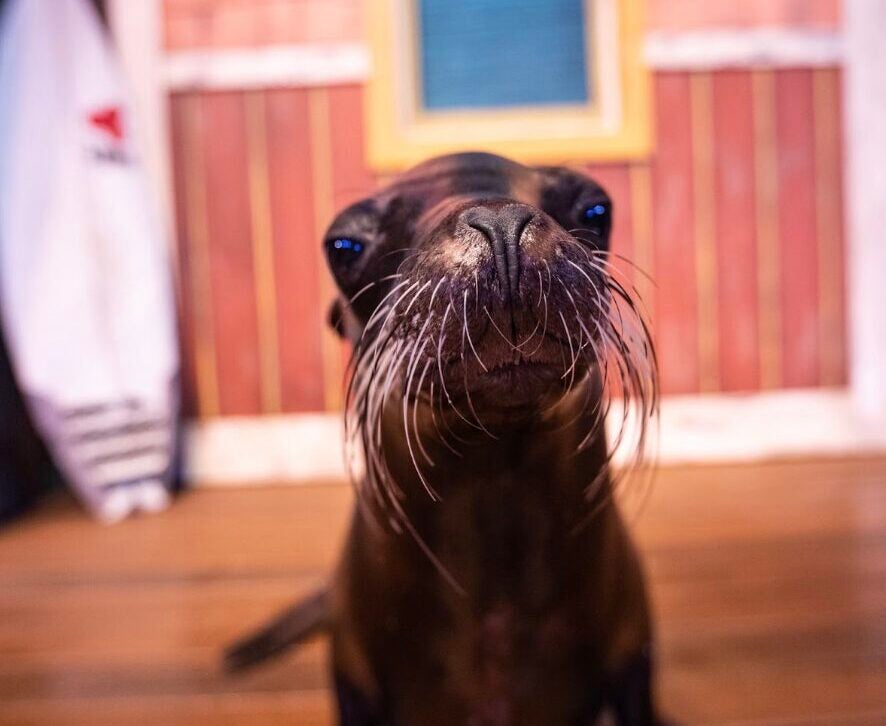
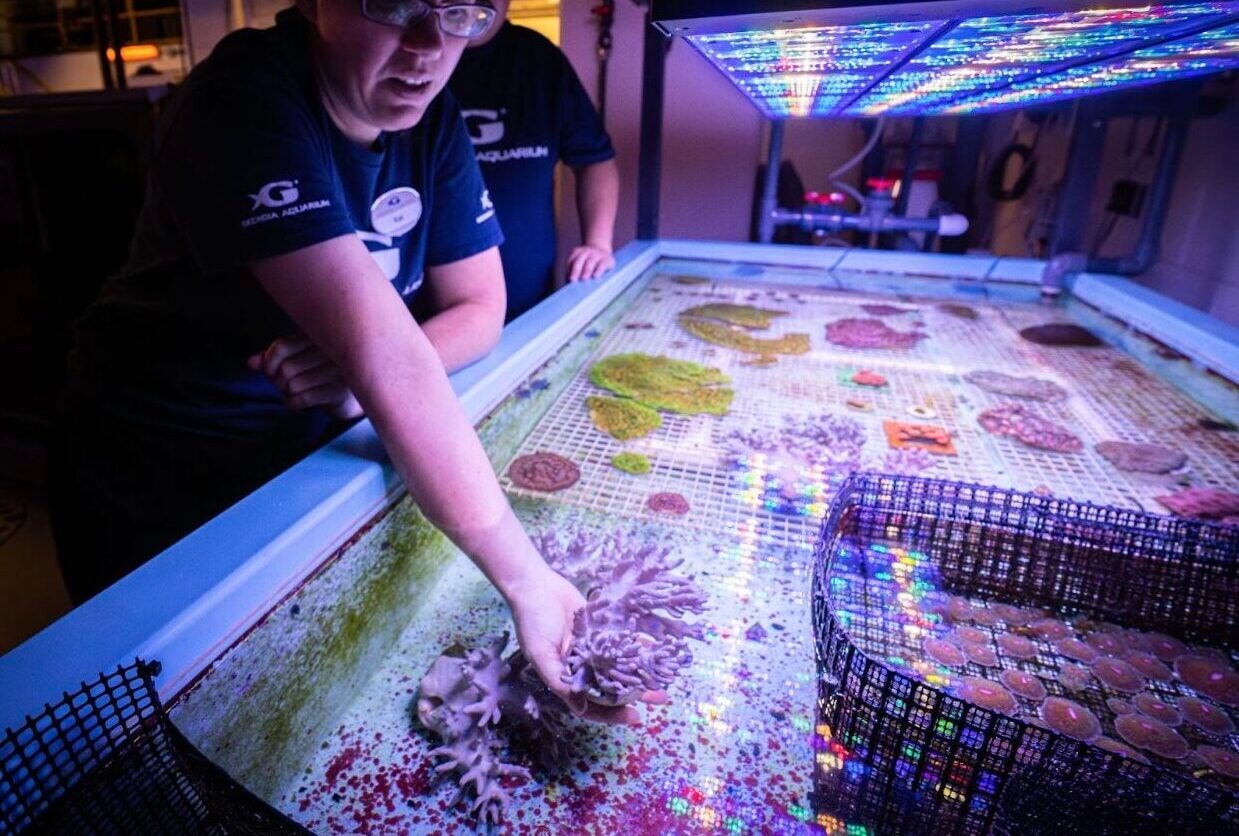
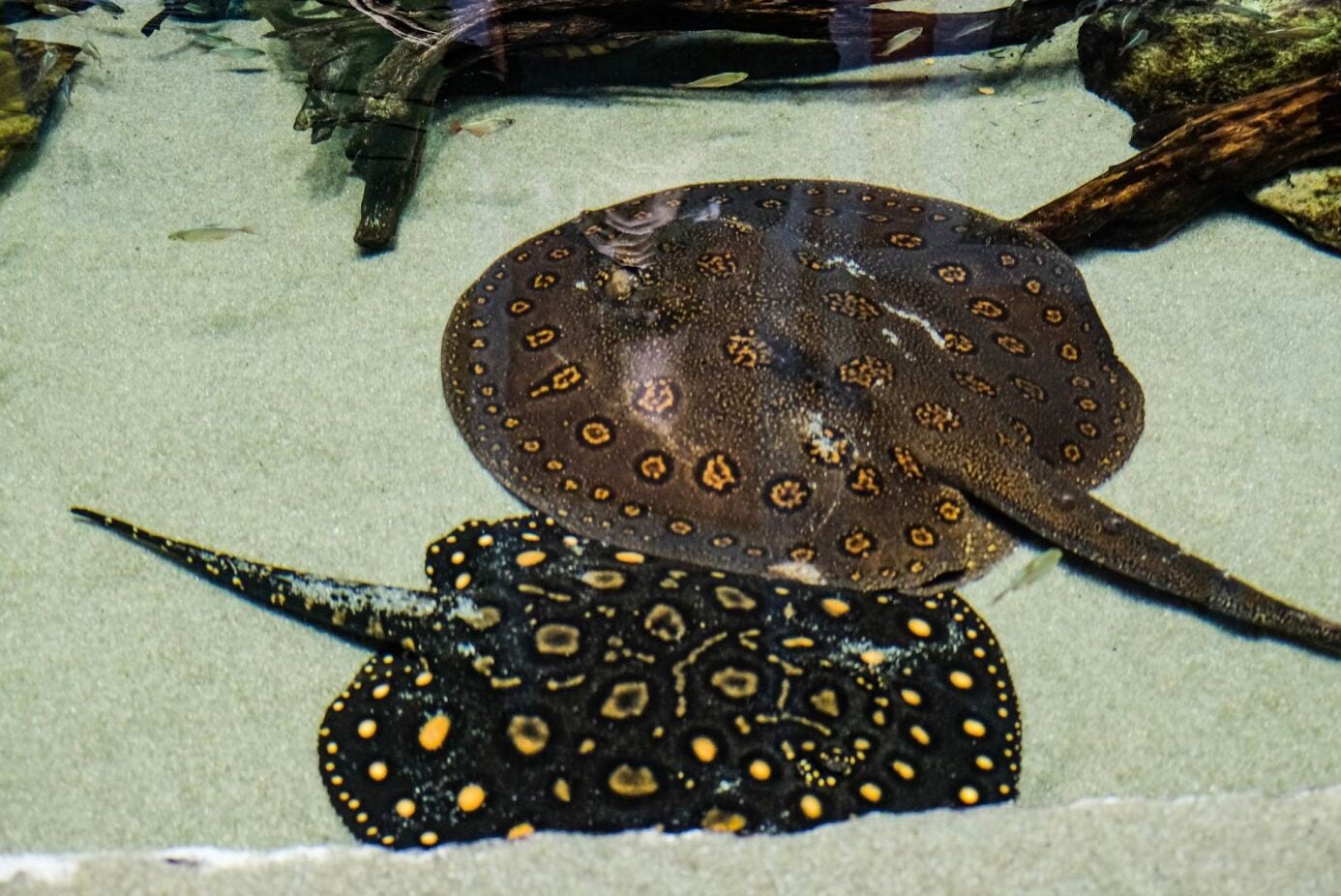
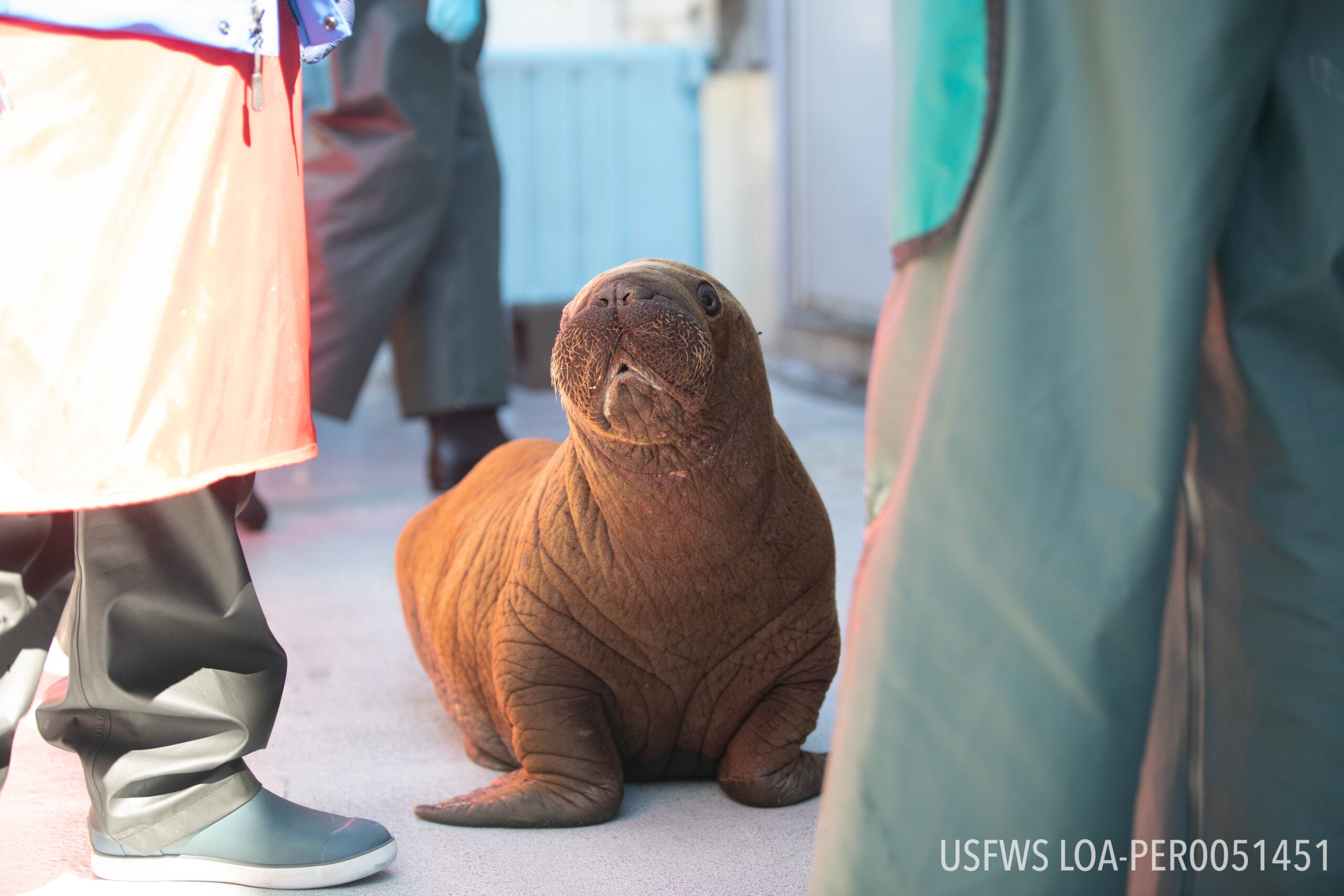 A Calf in Need
A Calf in Need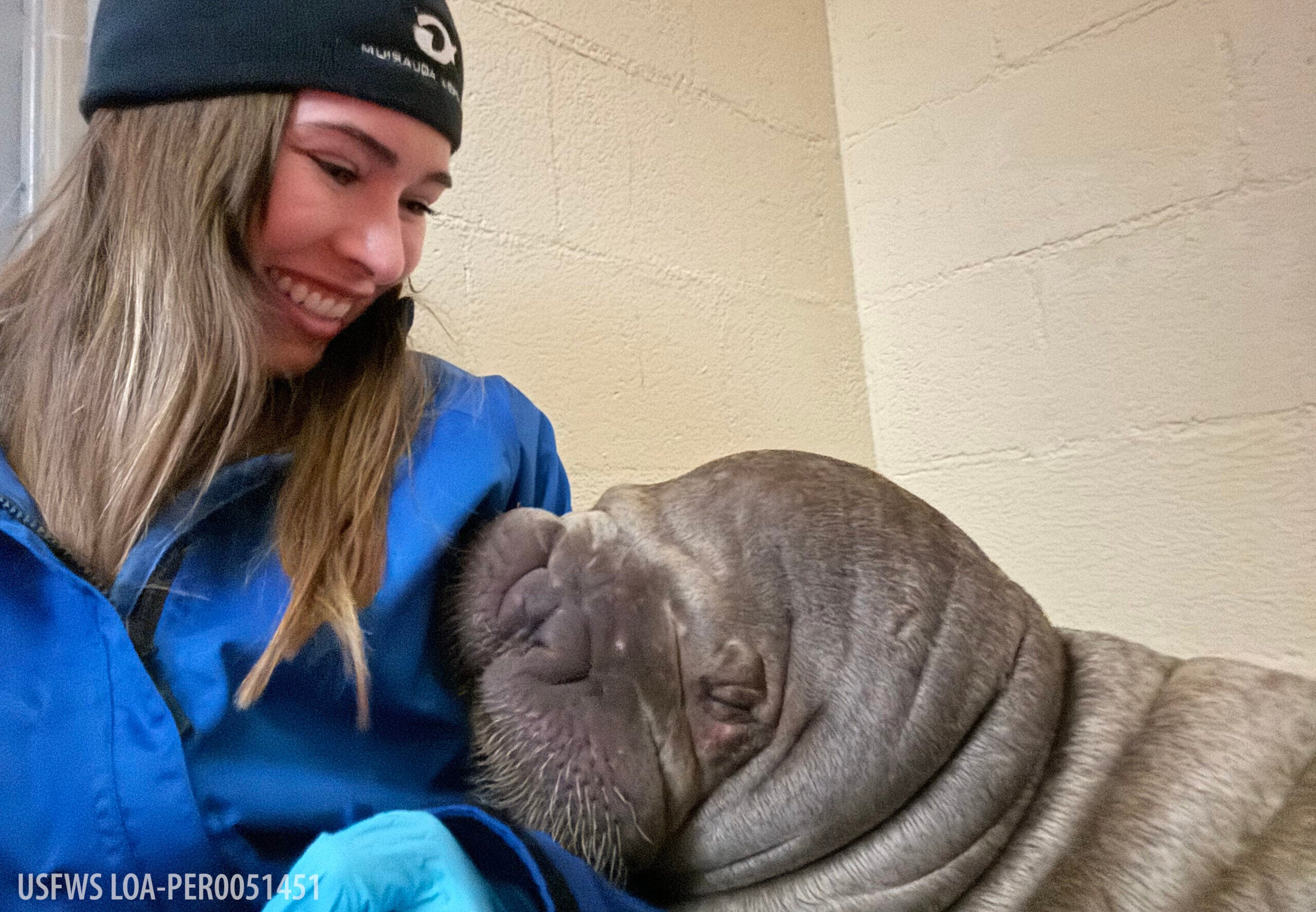
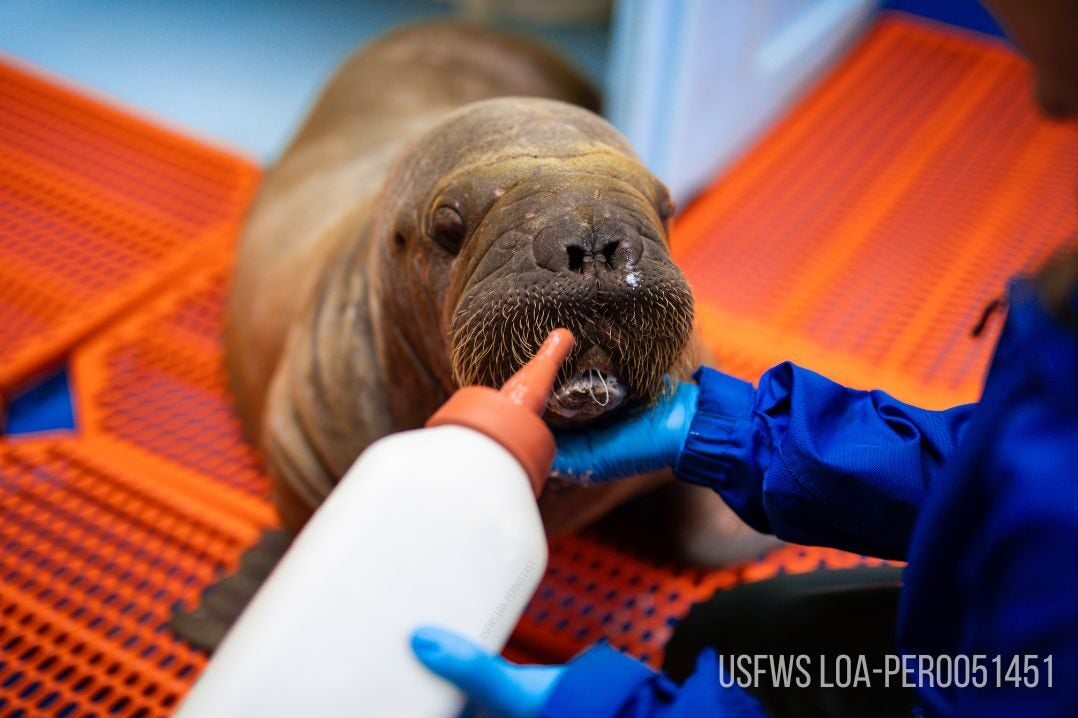
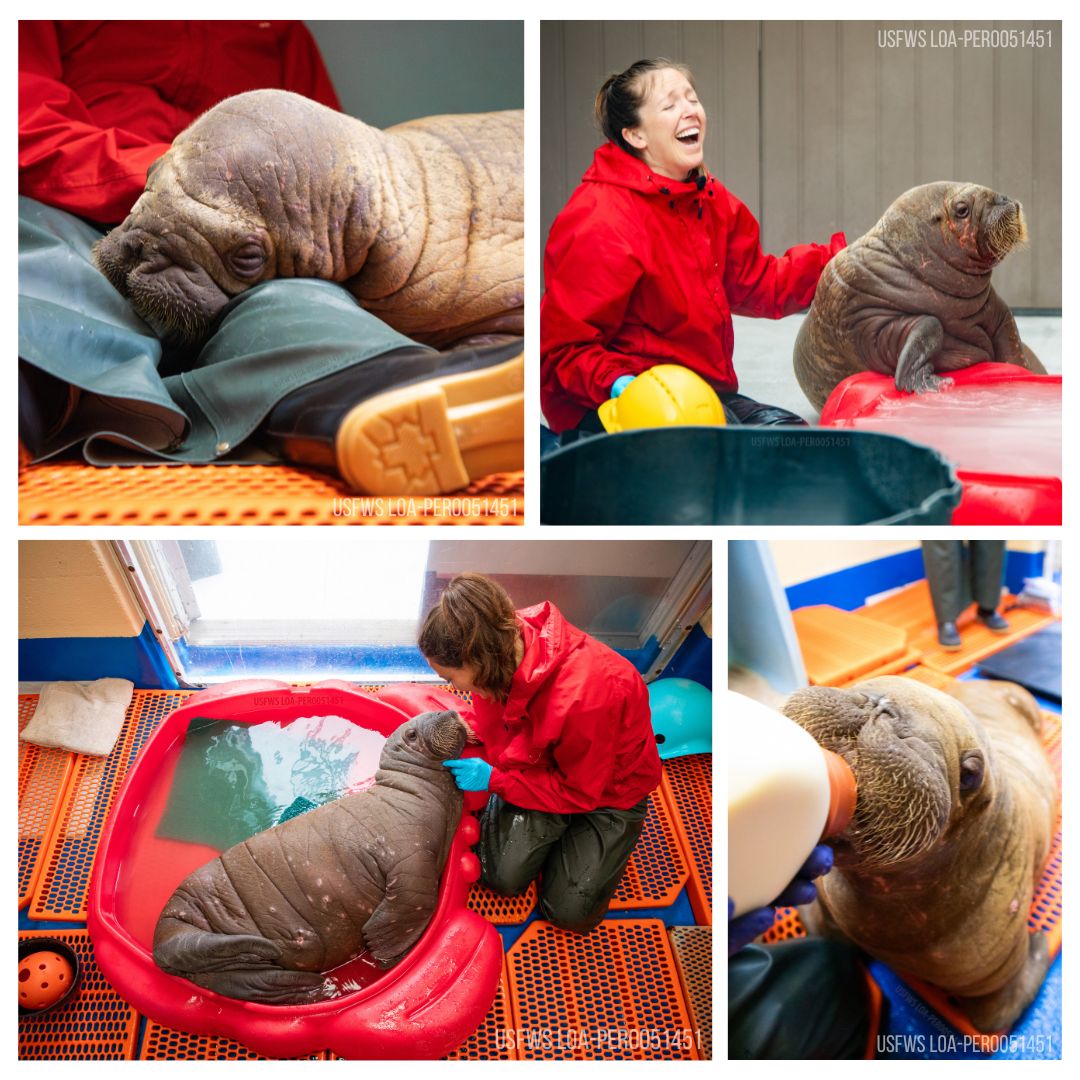 What’s Next for the Walrus Calf?
What’s Next for the Walrus Calf?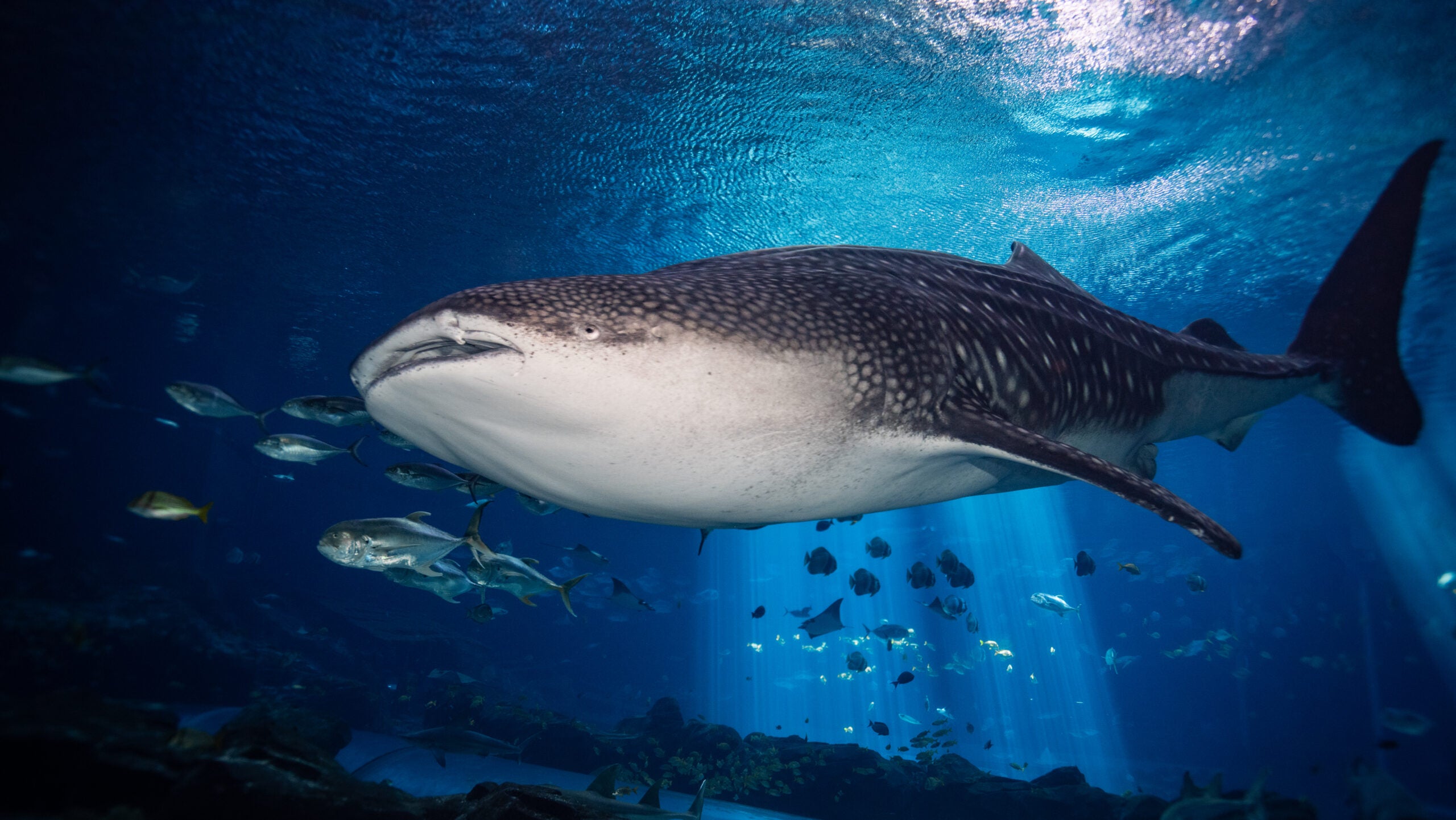 2. Record-Breaking Size
2. Record-Breaking Size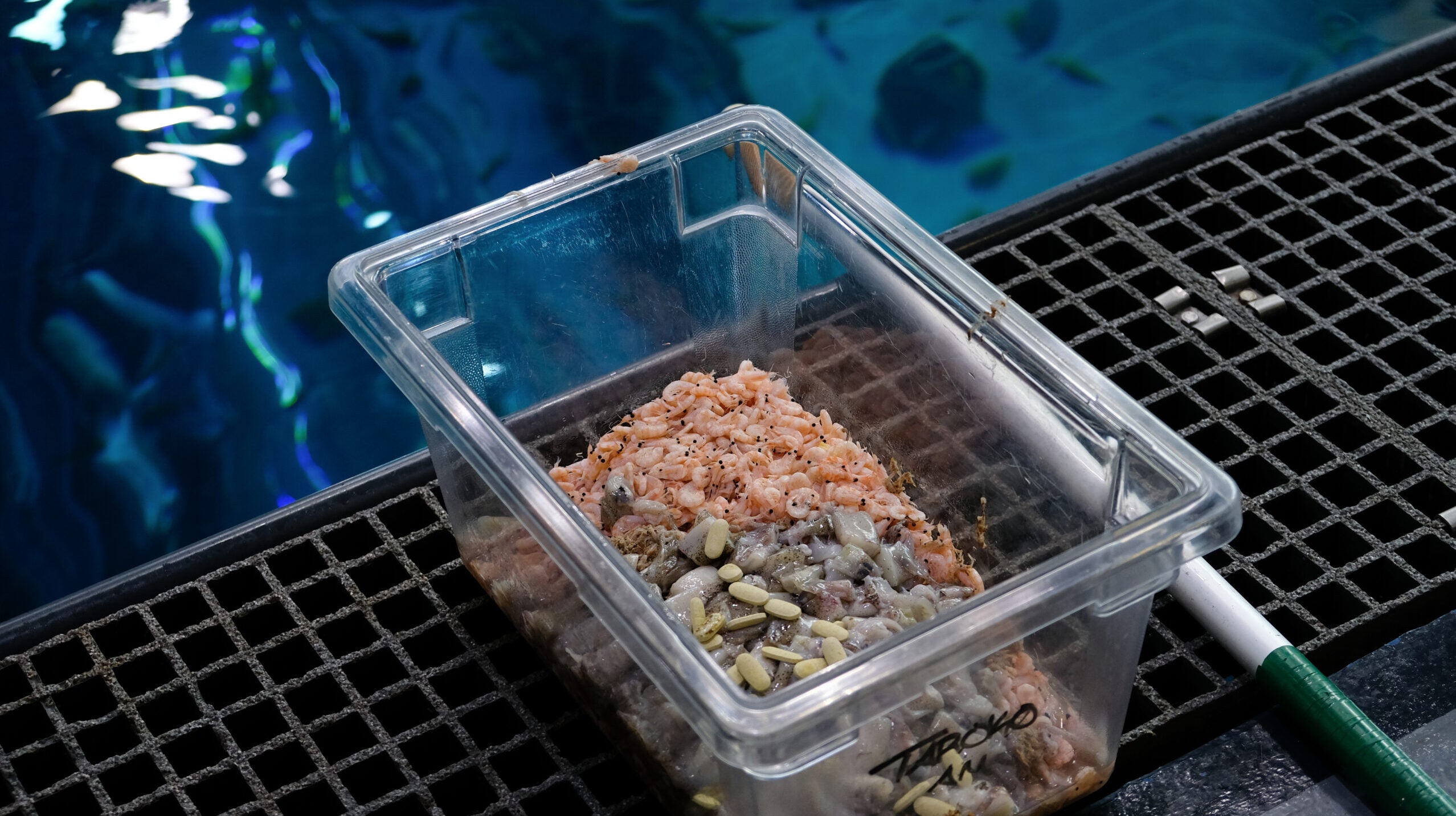 3. A Diet of Tiny Prey
3. A Diet of Tiny Prey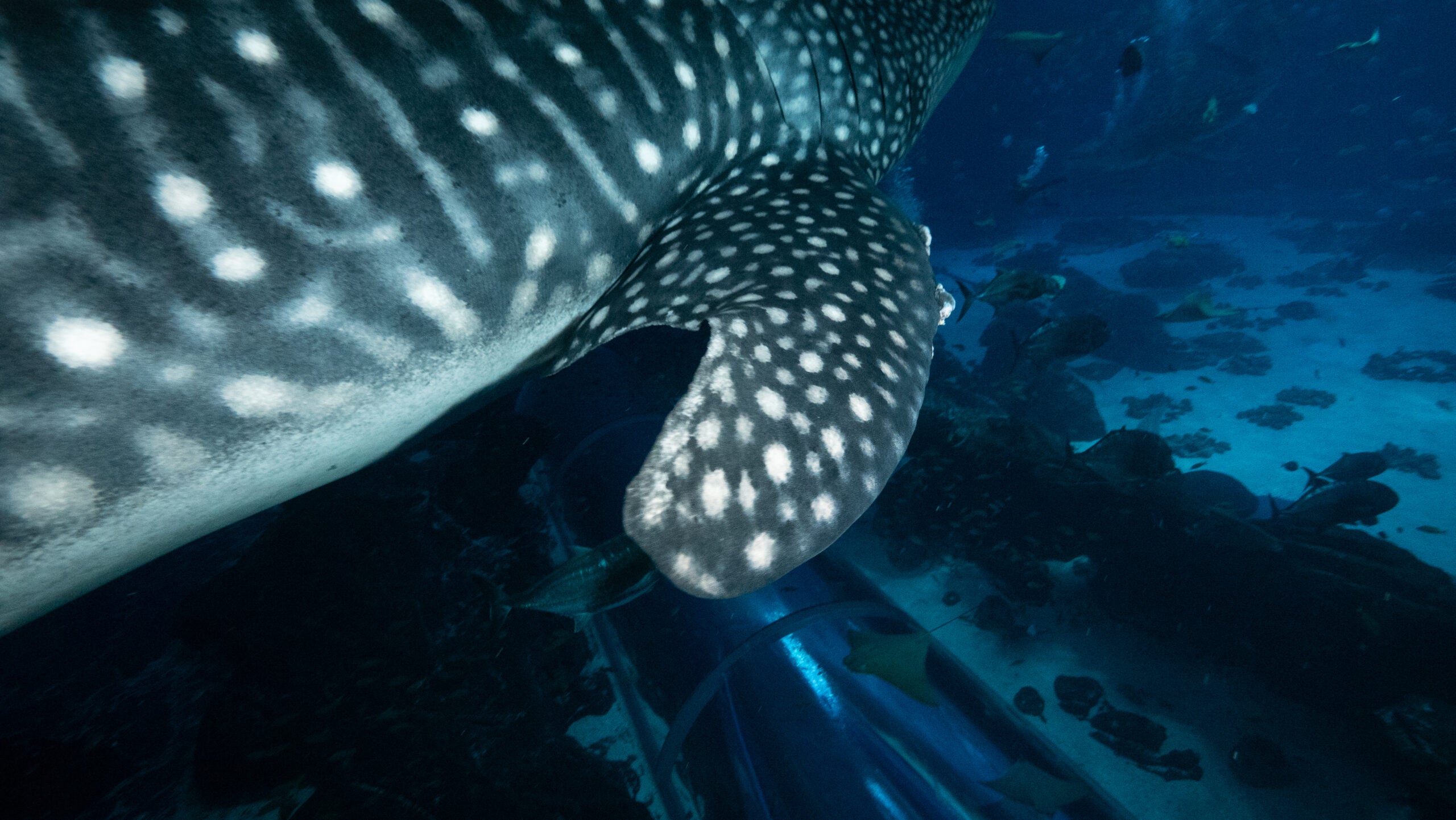 4. Unique Spot Patterns
4. Unique Spot Patterns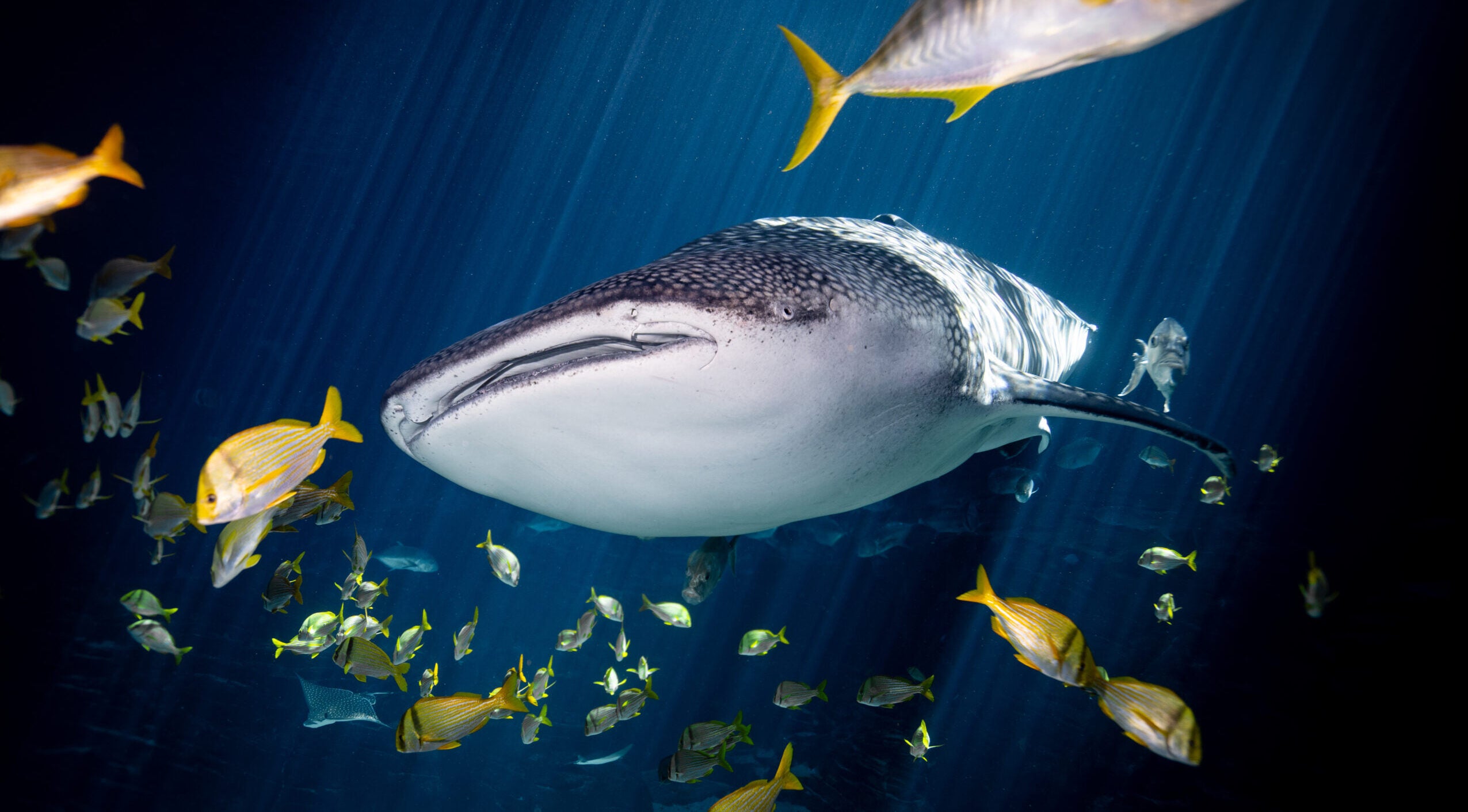 5. World-wide Whales
5. World-wide Whales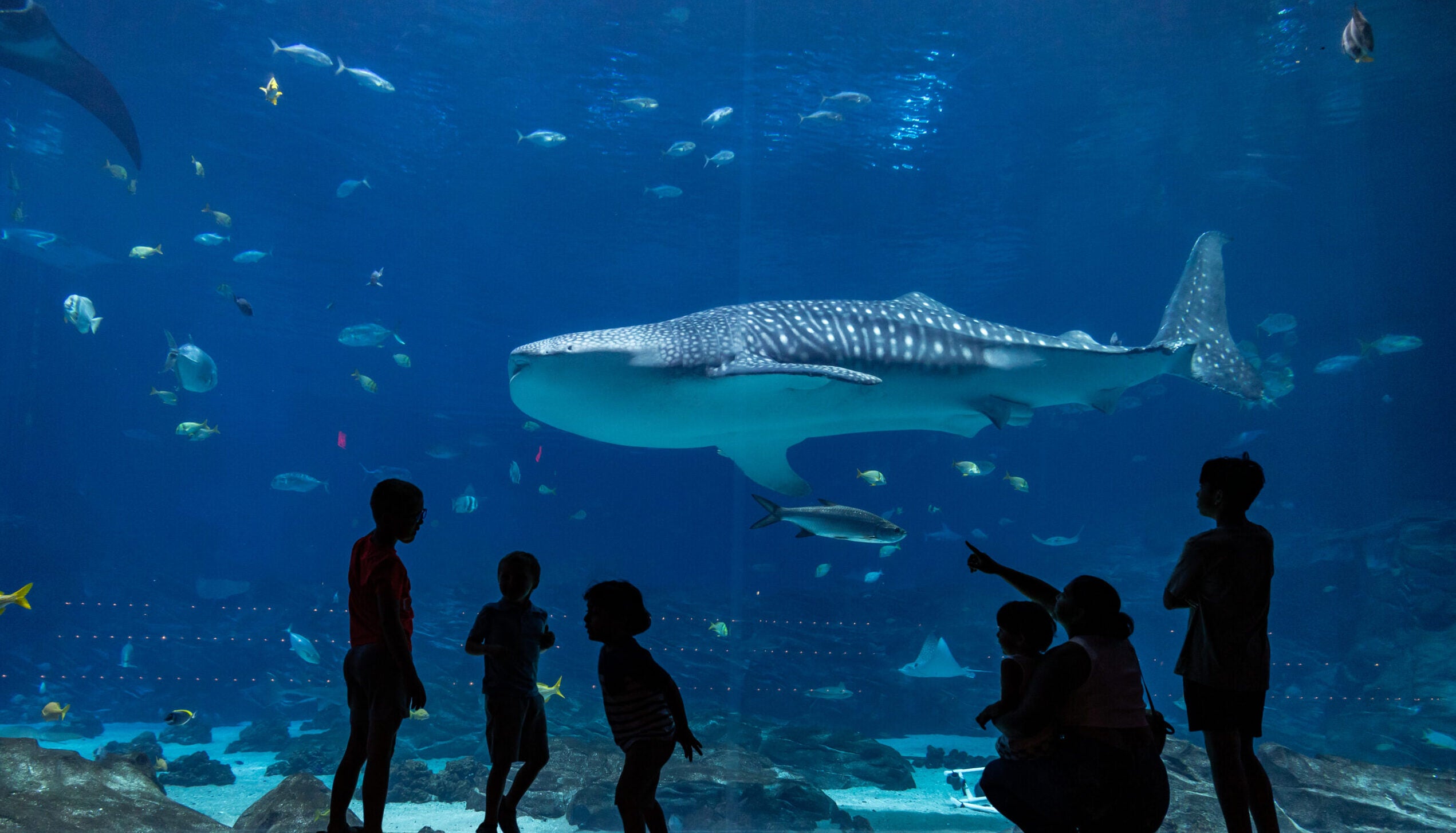 7. Georgia Aquarium’s Majestic Residents
7. Georgia Aquarium’s Majestic Residents